“Continentalism- the cool quest to acquire taste & identity” by Tim Vickery

Amid the chaos of Brazil’s COVID crisis, one of the hardest things for me has been not being able to make my annual jaunt back home. Amid the highlights is karaoke in Soho, where I love belting out enthusiastic renditions of ‘Move on Up,‘ ‘Mack the Knife,’ ‘Groovin’
and, when the mood takes me, the mid 70s hit from Ace, ‘How Long?’
It’s a great song – spoiled a little bit if you imagine the band performing it. A sorry bunch of long haired states. Among them, on rhythm guitar and backing vocals,with especially lank hair and unkempt demeanour, is Alan King – the very man who, a mere few years beforehand had been one of the sharpest blokes around town in the wonderful, and cruelly neglected, mid 60s band The Action.
Alan, how long had this been going on? How had the cult of the sharp and the neat fallen in such total surrender to this shambles?
The answer, of course, lies in the spirit of times that were changing at bewildering pace, dragging all comers through psychedelia to hippy and beyond. Onwards and upwards, for better or, from the late 60s, for worse, the train of street style was always going forwards.
Until 1979…
Sounds had been rediscovered, and late 50s rock n roll never really went away. But, from my recollection anyway, I don’t recall anything openly styling itself as a revival until the Mod thing came along.
I was 13 and 14 in 1979, young for my age and utterly clueless. I remember spending a fair amount of time around Carnaby Street, and even making the obvious mistake of the novice. I bought a garish blue and green boating blazer. The covered buttons were all very well, but I had nothing to wear it with. It was the age old trap of buying the flashy rather than the basics. To be fair, I had a pair of black sta-prests and, from somewhere, a nice dog tooth three button jacket. Even so, I was clueless – but even I could see through the weakness of the whole revival thing.
The first part was the music. Here, to be fair to my young self, I knew a little bit more. Enough to be aware that The Chords and The Purple Hearts were power pop bands.
I was sufficiently well versed in the music of the 60s to know that this had nothing to do with any Mod ethos, with its roots in black American music and British attempts to recreate it. There was some jangly, 1964 era Beatles stuff around – Squire did it quite well and I had a weakness for The Lambrettas ‘Go Steady’ EP. But there was no attempt to even have a foot placed in the world of R n B. Secret Affair at least seemed to have some notion of the debt to black American music, but were too ham fisted to come anywhere near. In fairness, many years later they did a terrific, swinging cover of Brian Auger’s ‘Black Cat.’ But let’s face it – Mod revival music had next to no idea of what it was supposed to be reviving.
And much the same applied to the clothes. The Revival appeared based around an absurd fetish with the parka – an ugly, utilitarian garment whose original intention had been to provide some protection against the British climate and protest the sharp suits and high collar shirts that were the genuine event. Sloping around in green monstrosities, gangs of revivalists looked like an invasion of Sea Monsters from early 70s Doctor Who. There was little style to be seen – confirmed when I got my hands on the Richard Barnes book when it came out and spent hours staring at the photos from the early and mid 60s.
And the Barnes book also put me straight on the original ethos. A ‘little Englander’ vibe hung around the revival, draped in the Union Jack. But the thing had started as a way of being British through being cosmopolitan, incorporating aspects of US music and southern European style into a new identity for a new type of person.
That’s why I couldn’t connect with Quadrophenia, the first X film I ever saw. Director Franc Roddam wanted to make a film about class, and so he examined the movement at its most lumpen and gang orientated. The Revival had plenty of that spirit, with parka cladded masses proclaiming ‘we are the Mods’ to all comers.
This seemed to have nothing to do with the birth and growth of popular modernism, the cool quest to acquire taste and identity. And if Richard Barnes put the key in the door to the truth, ‘Absolute Beginners’ pushed it wide open.
In ‘Those Feet,’ his bizarre but fascinating book on English football, David Winner writes that “few of the working class English Mods who wore sharp suits cut short and rode Vespas and Lambrettas realised they were copying Italian fashion, but they were.” This might apply to revivalists, and perhaps the tail end of the mid 60s heyday. But the originals are still the greatest, and were well aware of the provenance of their clothes and lifestyle choices. The discerning modernist has always been about British swagger and Italian style.

Written by and big thanks to: Mr Tim Vickery – modernista and BBC South American Football Expert
Read more from Tim Vickery on Twitter @Tim_Vickery
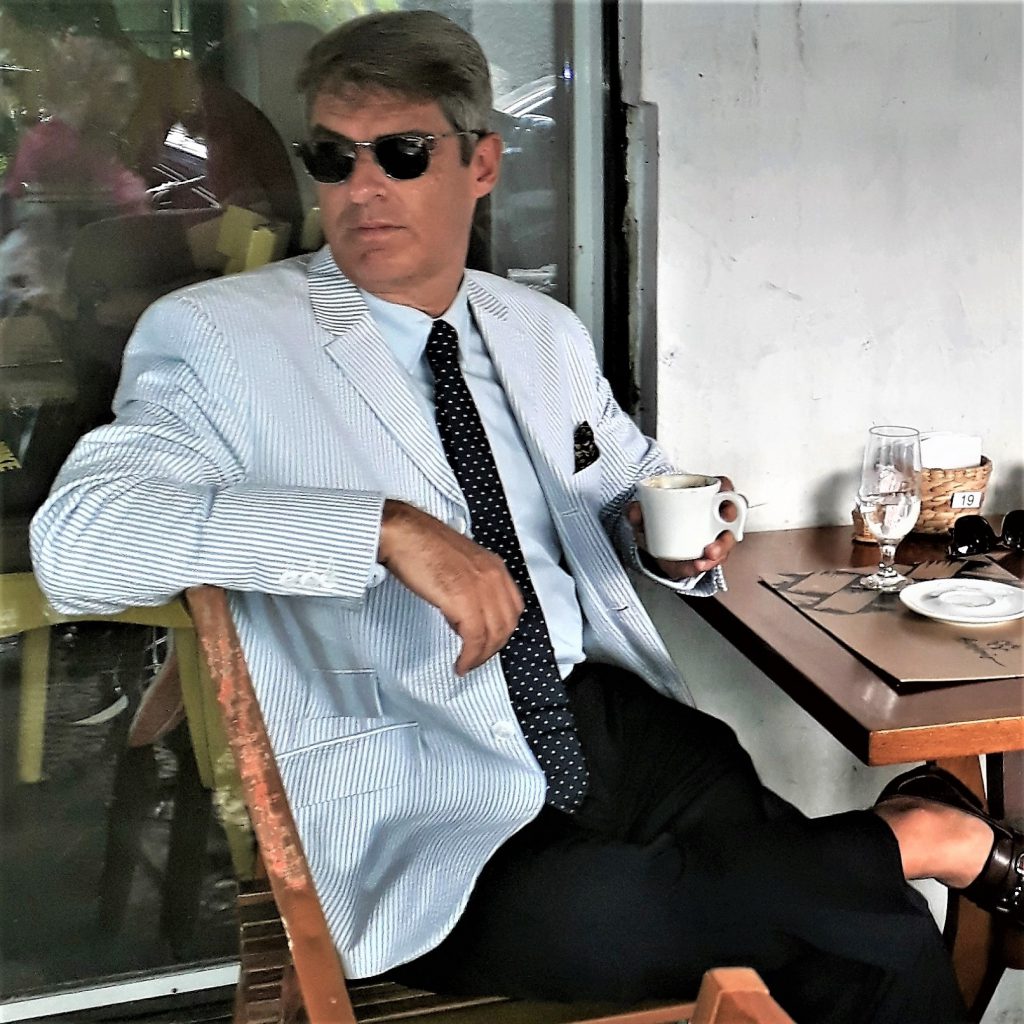
Previous articles for the Pellicano blog from Tim include:

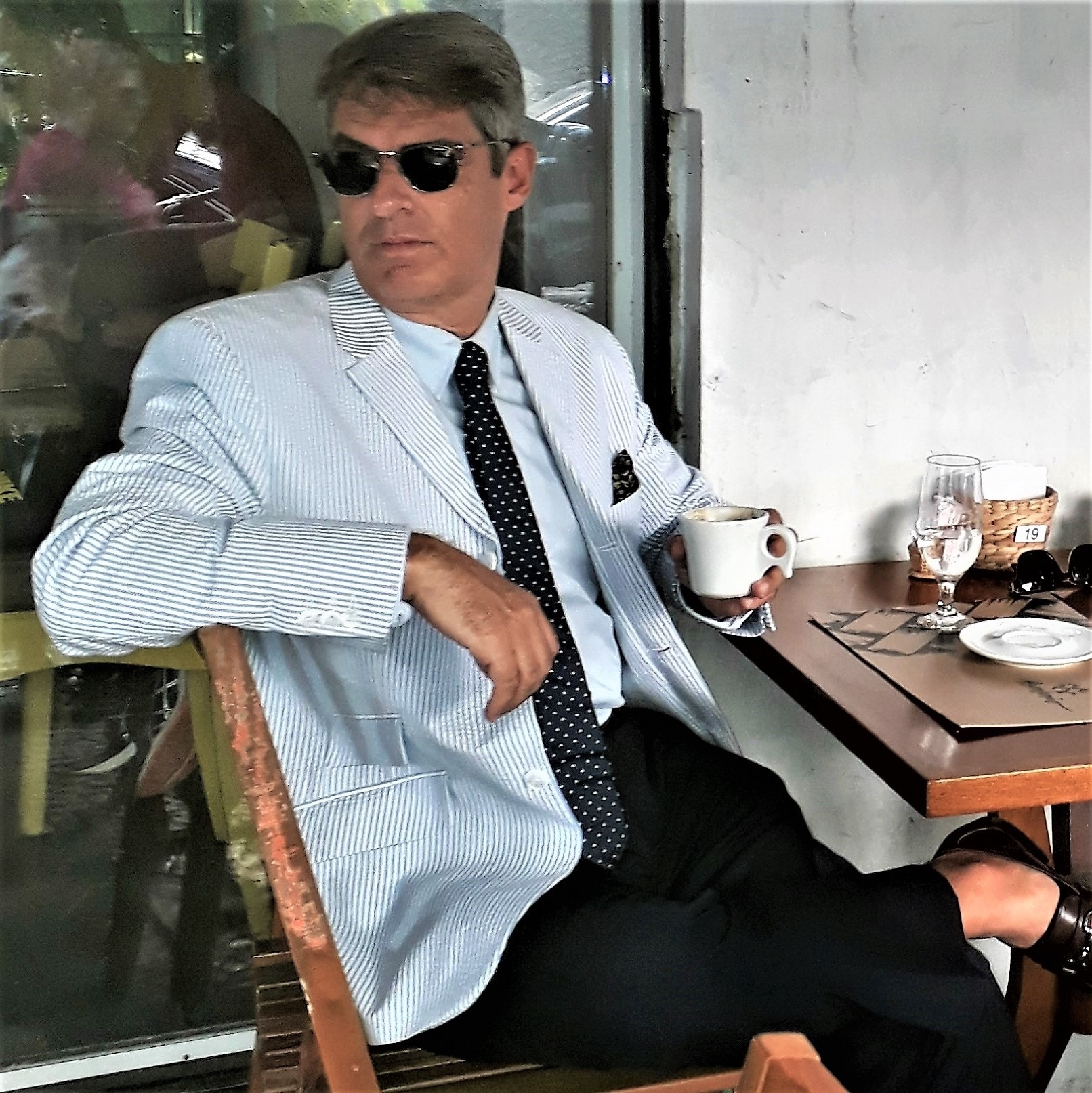
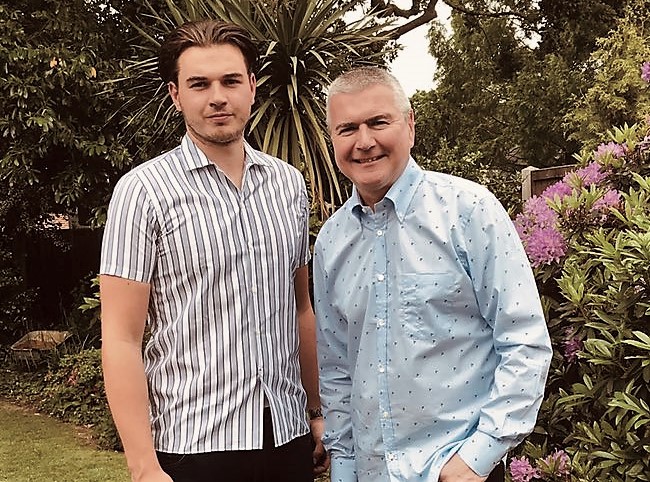
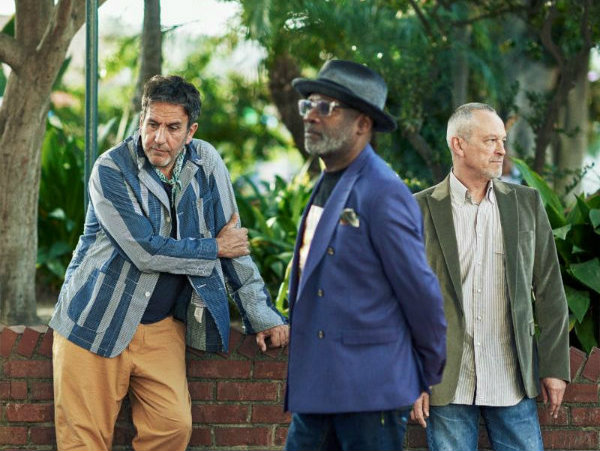
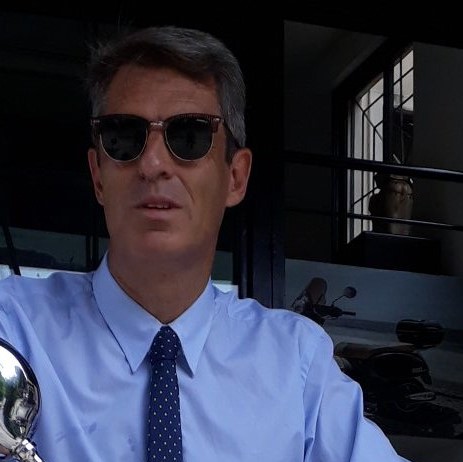
Rob MacAllister
28 Mar 2022Well said Tim. The parka thing matched with Fred Perry was ubiquitous in 1980..and awful in the sense that it defied originality. No wonder it was ridiculed by the rest of the population. It was the antithesis of cool.
Nowadays, people getting into the scene have so much more choice over clothes than we had. Good for them!!